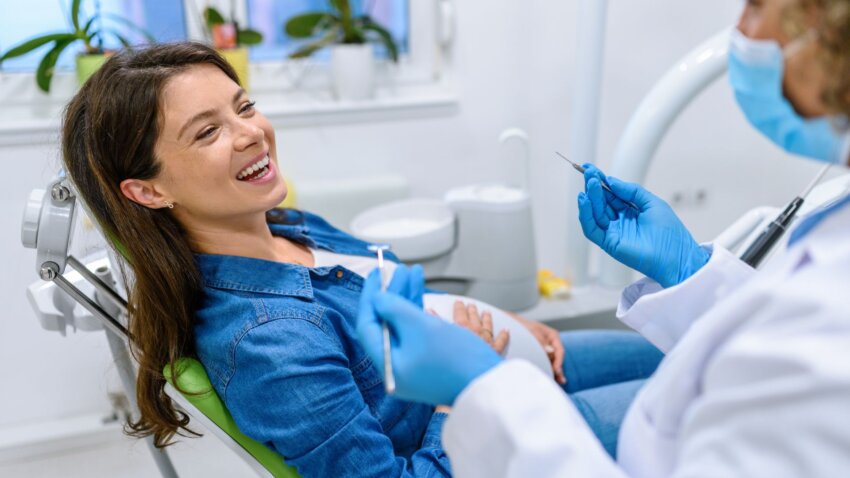While most expectant parents understand the importance of prenatal medical care, recent findings show a major gap when it comes to prenatal oral care, and the consequences can be serious.
According to Delta Dental’s 2025 State of America’s Oral Health and Wellness Report, only half of survey respondents who were or had been pregnant said they view dental care as an important part of prenatal health.
Just 54% prioritized dental visits during pregnancy as important as their annual physical. Even fewer understood the risks: Only 26% were aware that gum disease has been linked to complications such as preterm birth and low birth weight.

State-level data reflects a similar trend. In Texas, only about 39% of pregnant individuals received a dental cleaning during their most recent pregnancy, according to the 2020 Texas Pregnancy Risk Assessment Monitoring System (PRAMS).
“The Texas PRAMS data is really telling,” said Shilpi Mistry, BDS, MPH, a dental public health resident at UT Health San Antonio’s School of Dentistry. “With over 60% missing out on preventive dental care during pregnancy, that’s a massive gap in access and utilization.”
These gaps matter because pregnancy itself increases oral health risks.
“Roughly 60% to 75% of pregnant women experience gingivitis, which can worsen due to hormonal changes,” Mistry said. “If left untreated, it can progress to periodontitis, a more severe infection that has been linked to preterm birth, low birth weight and even preeclampsia.”
Pregnancy-related vomiting and acid reflux can also erode enamel, making teeth more vulnerable to decay and sensitivity. Some may develop benign growths called pyogenic granulomas, which bleed easily and can be painful. Additionally, dry mouth caused by acid reflux or nausea-related dehydration reduces saliva production, which normally helps protect against cavities.
The fear barrier
So why the continued hesitation around dental care during pregnancy?
“The biggest barrier is fear,” Mistry said. “Pregnant women often worry about harming the baby. They’re afraid of X-rays, anesthesia or medications. At the same time, some dental providers hesitate to offer certain treatments due to liability concerns or misconceptions about safety, but the science is clear. Preventive, diagnostic and restorative dental care is safe during pregnancy when proper precautions are taken.”
Nationally trusted health authorities agree. The American Dental Association, the American College of Obstetricians and Gynecologists and the U.S. Centers for Disease Control and Prevention all endorse dental care throughout pregnancy. Diagnostic X-rays pose no known risk when appropriate precautions are taken, and local anesthesia, such as lidocaine, is widely considered safe. Common antibiotics and acetaminophen are also approved for use under a health provider’s guidance.
“Untreated infections or inflammation pose a far greater risk than the treatments themselves,” Mistry added.
Dental visits during any trimester are safe, Mistry said, and early visits can catch any issues before they progress. Still, many pregnant individuals don’t schedule appointments — often because their prenatal provider never brings it up.
“Pregnant women are nearly four times as likely to seek dental care if their prenatal provider examines their mouth,” Mistry said. “Equipping OBGYNs with basic oral screening skills could dramatically improve early detection and referral.”
Protecting babies, too
The connection between oral health and healthy pregnancies doesn’t stop at delivery.
“Women with high levels of cavity-causing bacteria can pass them to their babies through their own saliva,” Mistry explained. “Kissing, sharing utensils or cleaning pacifiers with your mouth can expose an infant’s developing oral microbiome to harmful bacteria early on.”
Because babies’ immune systems are still developing, they’re especially vulnerable. The consequences can last well into childhood, including a higher risk of cavities and the need for early dental treatments.
“Avoid sharing utensils with your baby, and schedule your postpartum dental checkup as soon as possible,” Mistry advised.
Pregnant dental providers
While much of the public discussion focuses on patients, Mistry also raised an important point: Pregnancy precautions are equally relevant for dental professionals providing care.
“Pregnant dental professionals can continue working safely with a few extra precautions,” Mistry said.
According to the American Dental Association, to limit cumulative radiation exposure, pregnant providers should be given a personal dosimeter to ensure monthly radiation remains below a measurement of 0.5 millisieverts. The Association’s guidance also recommends minimizing exposure through shielding, maintaining a distance of at least two meters from the X-ray tube head when shielding isn’t possible and avoiding the primary beam entirely.
When working around nitrous oxide, providers should ensure proper ventilation and exposure-control systems are in place.
“These conversations are just as important for workforce safety,” Mistry added. “It’s a side of the prenatal oral health conversation we don’t talk about enough.”
Tips for a healthy mouth during and after pregnancy
Shilpi Mistry, BDS, MPH, offered the following recommendations, supported by the Texas Department of State Health Services and the American Dental Association:
- Brush twice daily with fluoride toothpaste, and floss once a day.
- Don’t brush immediately after vomiting. Rinse with 1 teaspoon of baking soda in water to protect enamel.
- Drink fluoridated water between meals, and limit sugary snacks and drinks.
- Tell your dentist you’re pregnant, and provide details if your pregnancy is high risk.
- Schedule a dental checkup before delivery.
- Avoid sharing utensils or pacifiers with your baby to reduce cavity-causing bacterial transfer.


